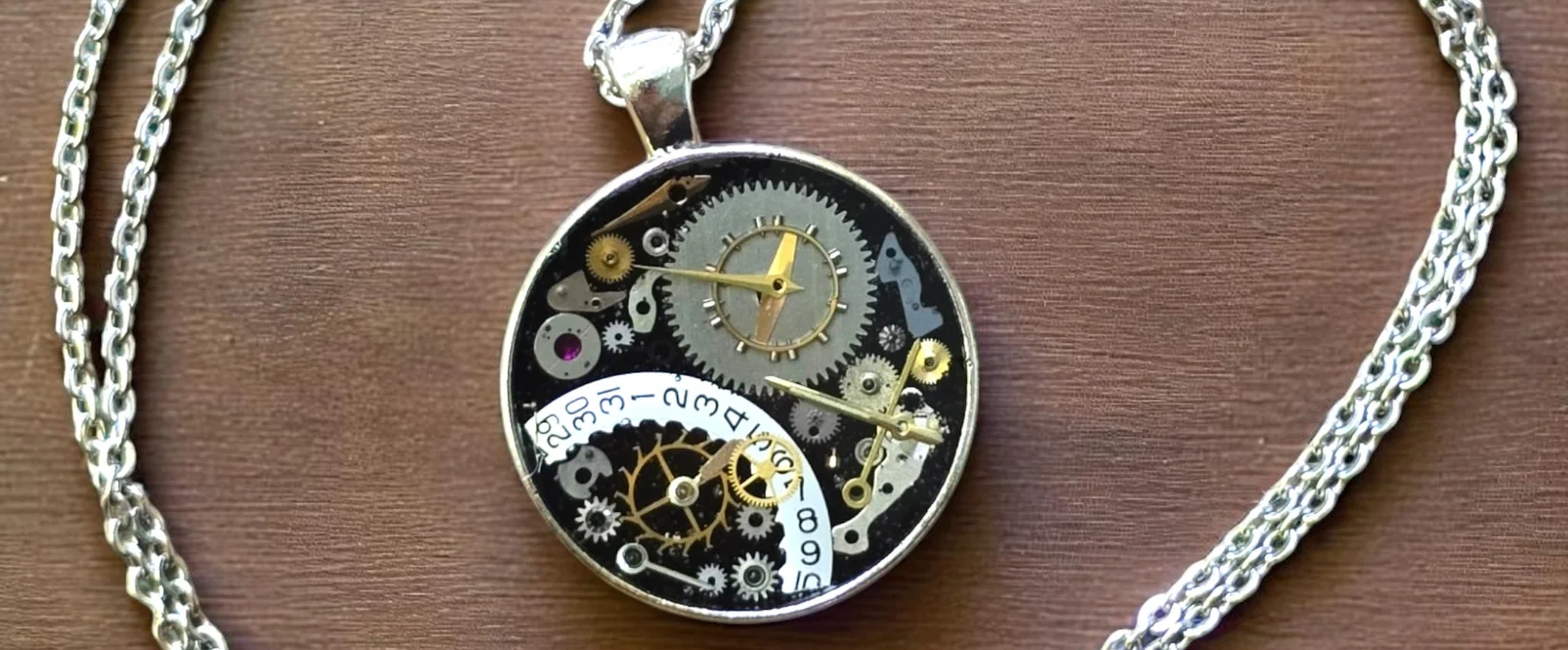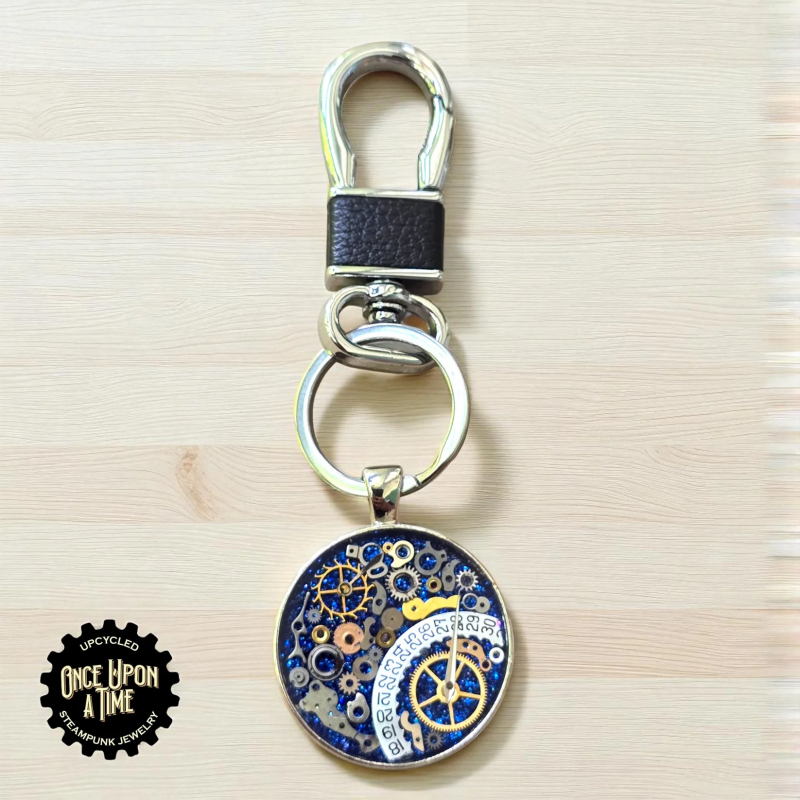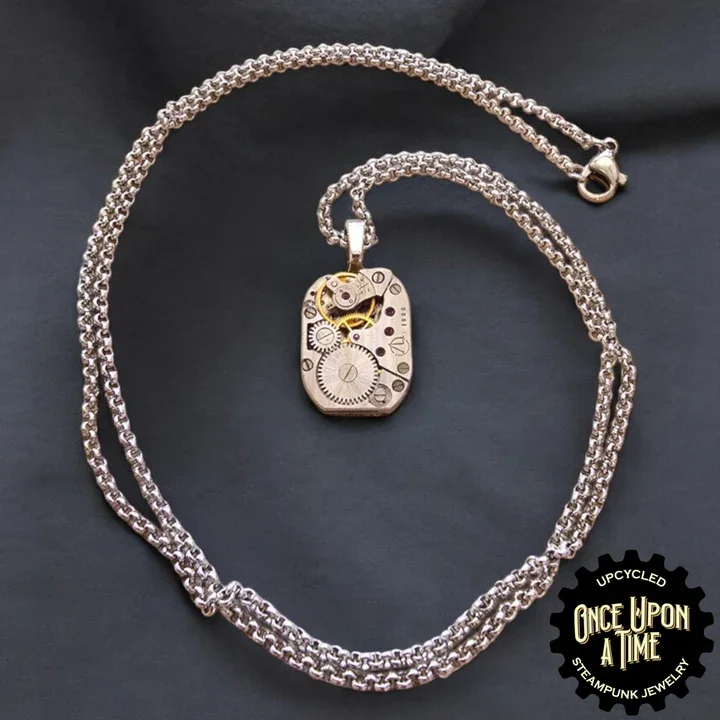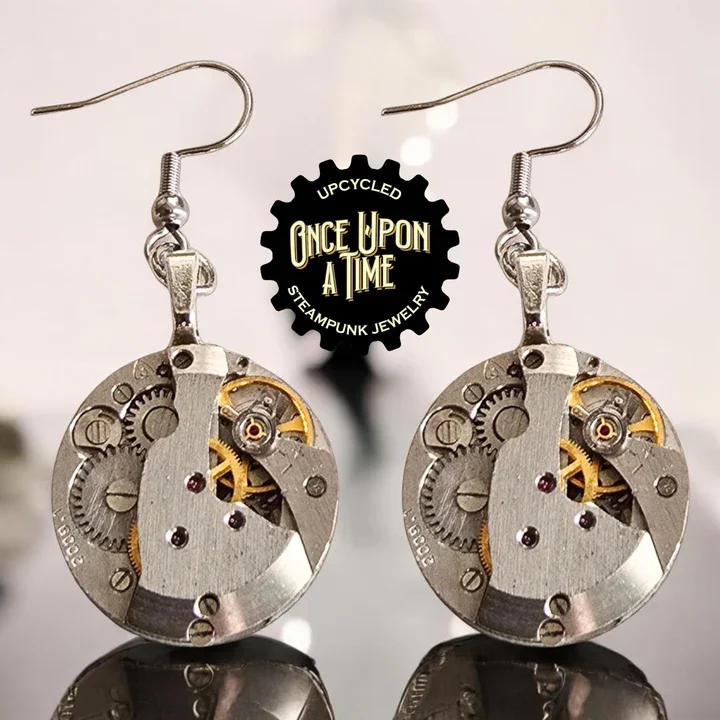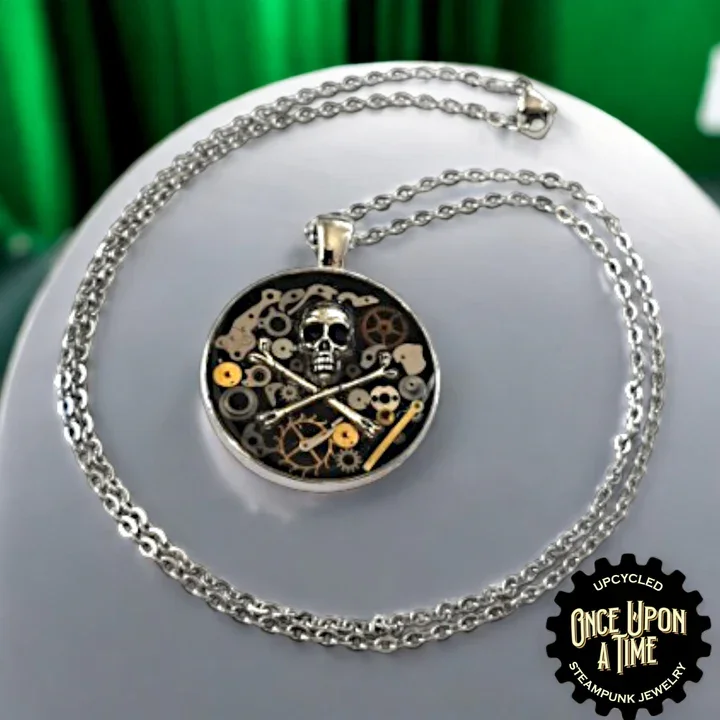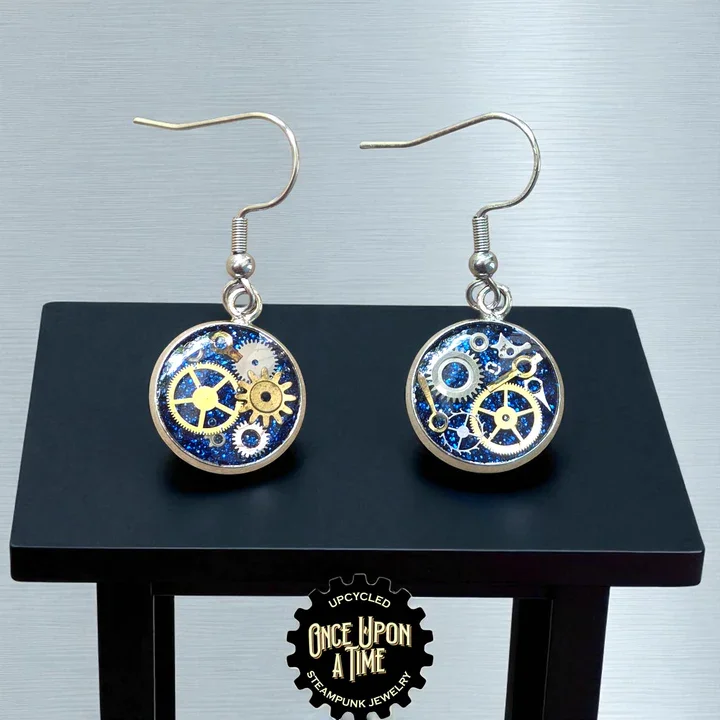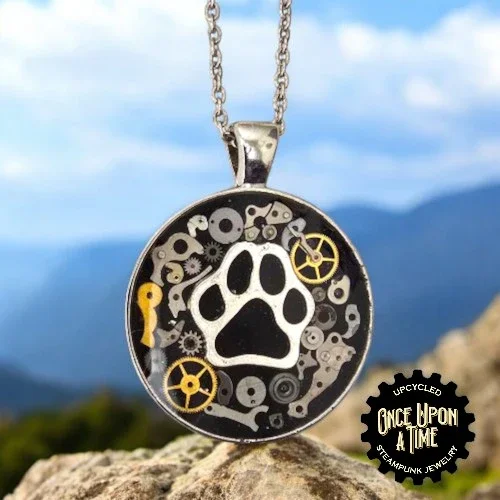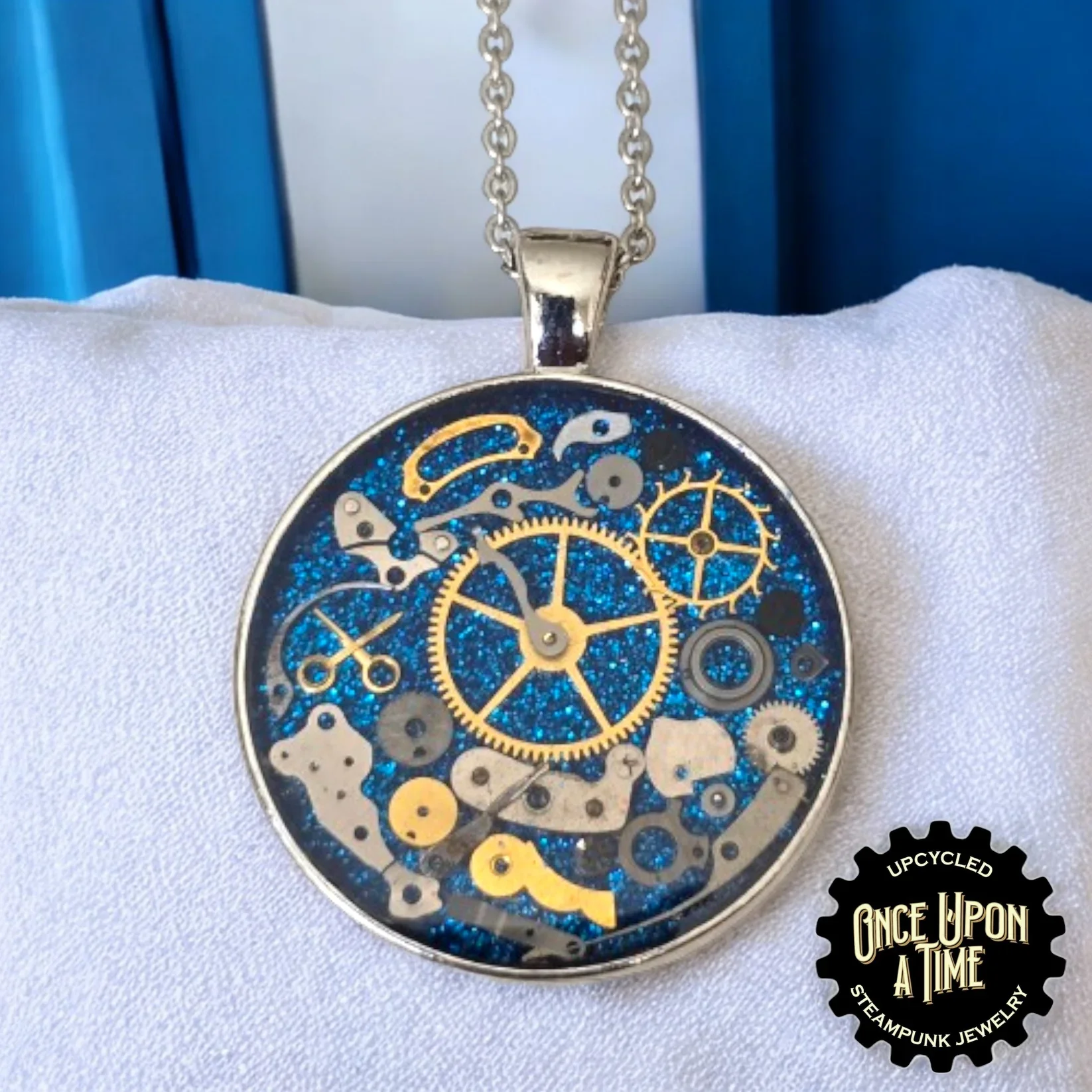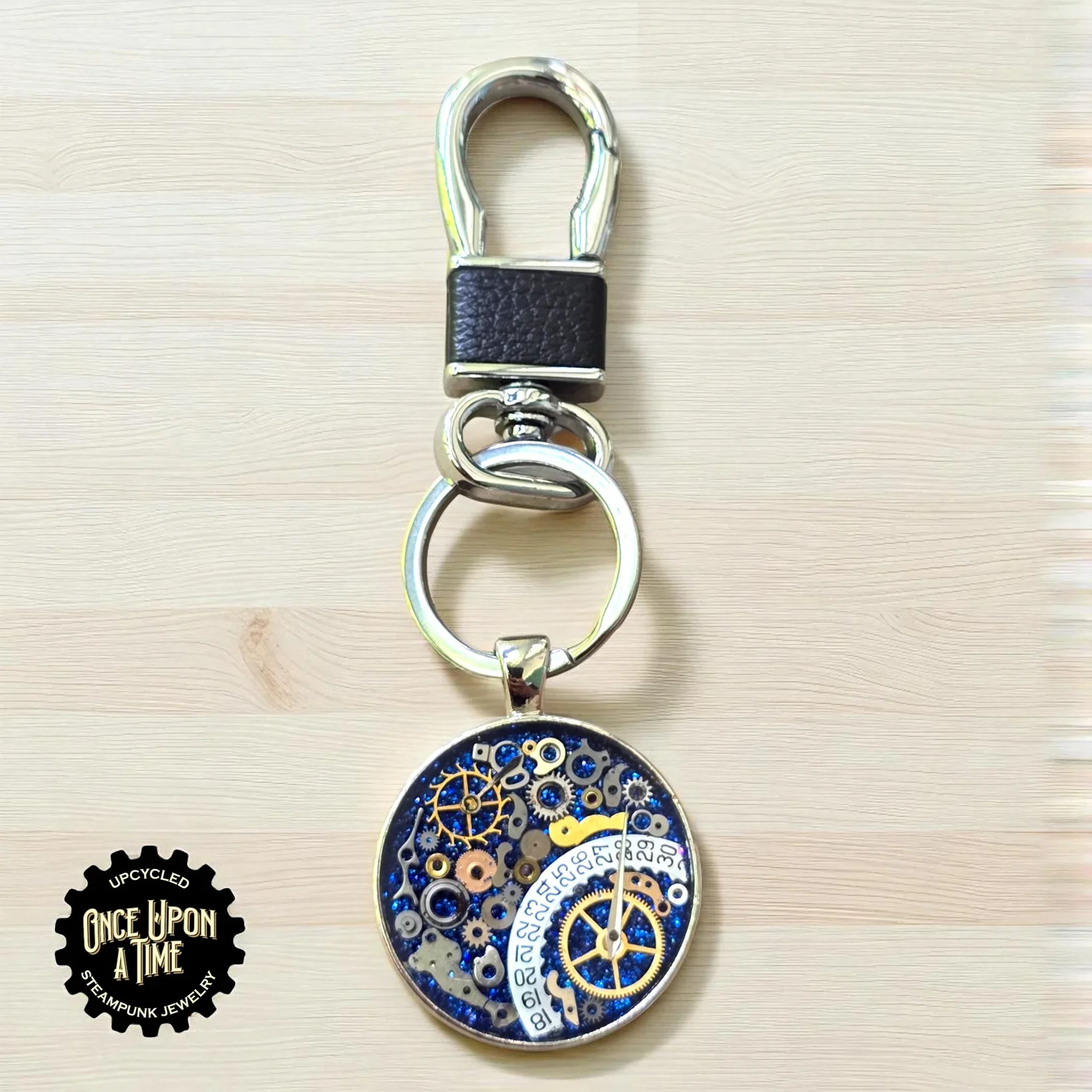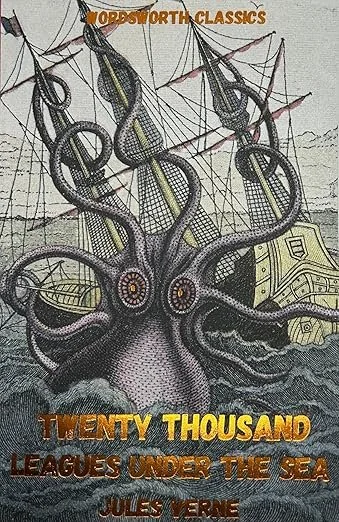The roots of steampunk run deep in the pages of literature. Victorian authors like Jules Verne and H.G. Wells imagined fantastical machines at the height of the Industrial Revolution. Their novels, “Twenty Thousand Leagues Under the Seas” and “The Time Machine,” gave readers the thrill of technology entwined with adventure. But it wasn’t until the late 20th century that writers such as K.W. Jeter, Tim Powers, and James Blaylock began weaving together retro-futurist tales and coined the very word steampunk.
From Page to Canvas
What began as literature soon seeped into the visual world. Artists began building elaborate contraptions from polished copper, reclaimed wood, and riveted steel. Gears became more than function—they were ornament, pattern, and motif. The art form blurred boundaries between sculpture, costume, and engineering. Suddenly, Victorian aesthetics met punk’s irreverence, creating a playful tension between elegance and rebellion.
Design & Craftsmanship
The heart of steampunk art lies in its craftsmanship. Each piece—whether a hand-tooled leather aviator’s cap, a clockwork insect sculpture, or a reimagined typewriter—demands patience and skill. Makers often work with salvaged materials, transforming the detritus of the modern age into something timeless. Brass fittings, Edison bulbs, and exposed cogs all whisper the same truth: beauty is found in both invention and imperfection.
Communities of Steam
In the early 2000s, steampunk became more than an art movement; it became a gathering place. Makers, tinkerers, and dreamers converged at conventions and workshops, dressed in top hats and goggles, eager to share creations. Museums and galleries soon opened their doors to fantastical exhibits—spaces where the public could marvel at full-scale airship cabins or steam-powered bicycles.
Why It Matters Today
Steampunk art speaks to a longing for tactile invention in an increasingly digital age. It offers escape and commentary in equal measure: a romanticized past that never existed, but perhaps should have. In a world of sleek, invisible technologies, steampunk insists that machines can be beautiful, visible, and human.
C&C Vignette

